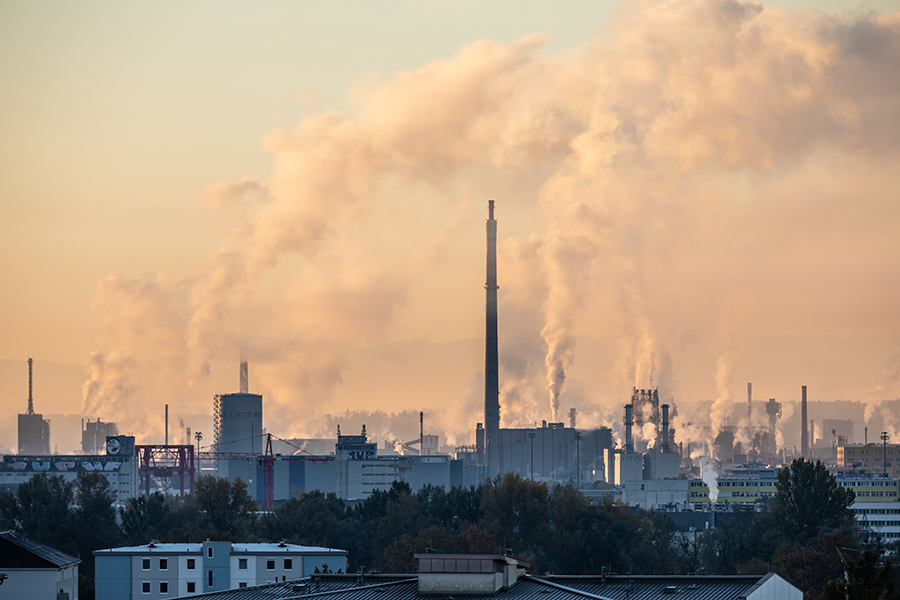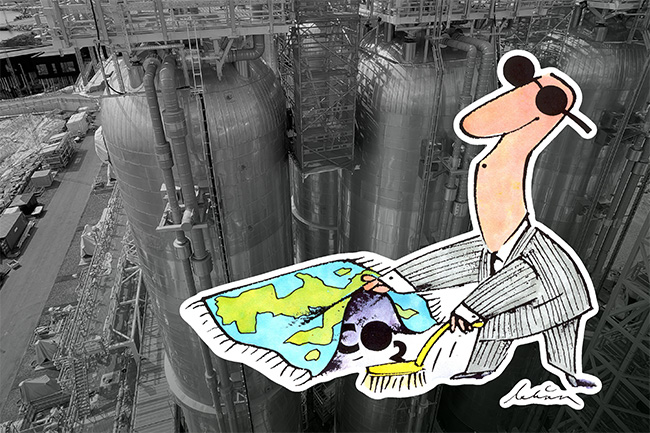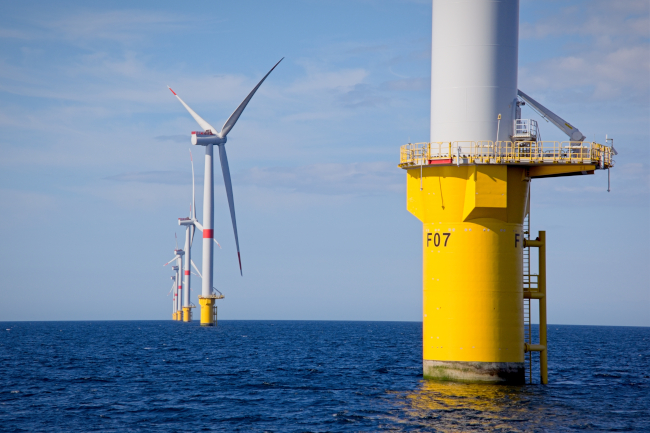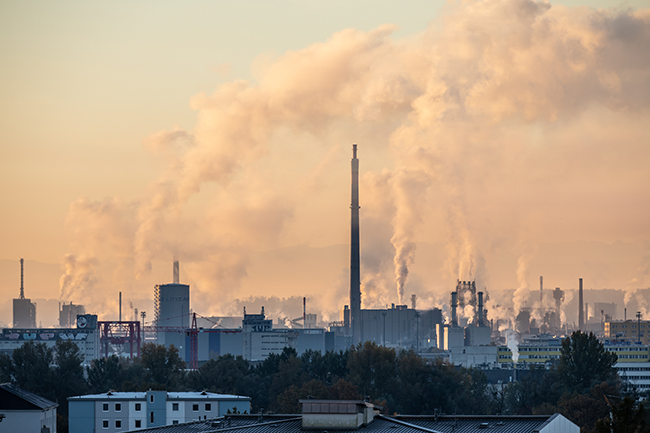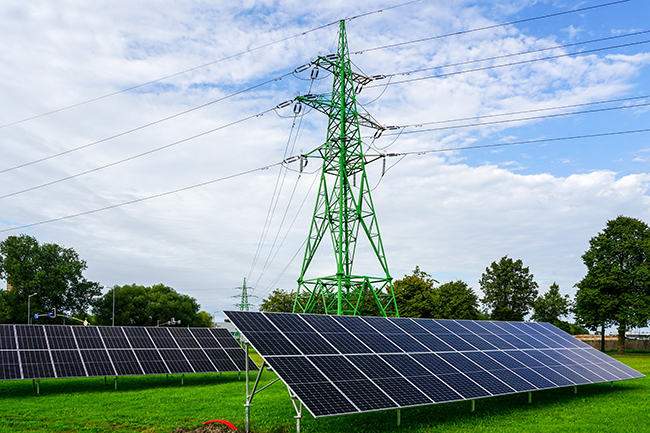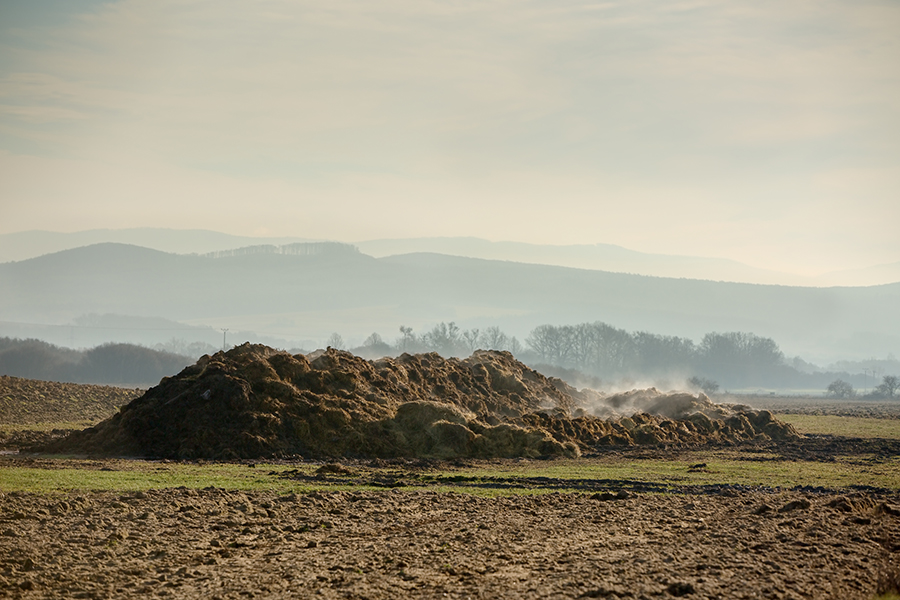The 100 largest industrial emitters in the EU-27 are presented.
While power sector emissions in the EU are plummeting, industrial emissions are dropping much more slowly. Steel, lime and cement, oil refineries, ammonia, and bulk chemicals remain predominant among the top 100 industrial point sources in the EU Emissions Trading System (ETS).
Power stations largely have to pay for their emissions and are losing market share to solar, wind, and efficiency improvements. Industries, on the other hand, receive free allocations that roughly cover their emissions, which may explain the slow progress.
This will change when free allocations are phased out. All industries can cut their emissions if they need to. The steel industry has near-term plans for green steel. Oil refineries will shrink with the growing market for electric vehicles. Cement has many options to reduce its emissions, even if CCS fails.
The top industrial emitters in the EU-27 are almost entirely in the steel, cement, and refinery industries. The number one emitter was Voestalpine Stahl Linz in Austria, which emitted 8.7 million tonnes (Mt) of CO₂eq in 2021. Eleven of the top 14 were in steel and pig iron, as shown in the Top 100 table.
Of the top 100, almost all were in the steel, cement, and refinery industries, while the rest produce ammonia and other chemicals. This is evident in data from the Emissions Trading System[1].
AirClim published a similar Top 100 list[2] in 2022. The top positions remain unchanged, but there is an overall decrease in emissions.
Power vs industrial emissions
Emissions from power producers (called “combustion of fuel” in EU jargon) have plummeted[3] by nearly half—from 1,341.7 Mt in 2007 to 637.4 Mt in 2023. This trend accelerated during the first half of 2024 and can be easily explained: fossil fuels are giving way to wind and solar[4].
Power emissions are largely a solved problem, although progress has come too late and too slowly. Everyone knows that coal, oil, shale, and peat power must go. All electricity could be supplied by renewables and storage.
That’s what is happening. Wind and solar supplied far more electricity (727 TWh) to the EU [5] than coal (343 TWh) in 2023.
Efficiency is also helping: in 2023, EU electricity demand fell by 3.4% to its lowest level since 2001 (2,696 TWh)[6].
Electrification of cars, heating (via electric heat pumps instead of fossil fuels), and some industries has so far been offset by more efficient use of electricity, including better lighting, fans, pumps, and refrigerators.
Emissions from fossil power plants are still significant, but we know how to cut them—and it’s becoming simpler and cheaper, especially as batteries fall in price.
Some suggest nuclear could be part of the solution, but it hasn’t happened and doesn’t seem likely. In the EU-27, nuclear production peaked in 2004 at 929 TWh. In 2023, it was down by a third to 619 TWh [7]. More reactors are being phased out in Belgium and Spain, while just two are under construction in the EU.
Industrial emissions are not dropping nearly as much as in the power sector, and there is no general acknowledgement that these industries must change. They are often labeled “hard to abate,” even though realistic technical and economic options exist.
Free ride for the industry
For industrial emissions (i.e., excluding power plants and aviation), the trend is less encouraging. Emissions barely dropped from when the system started in 2005 until recently. There is a decline from 518.1 Mt in 2019 (pre-COVID and Ukraine war) to 433 Mt in 2023, but it’s hard to tell how much of this is structural and how much is due to the business cycle.
The long-term difference between power and industry is striking and easy to explain: industry has received free allocations covering most of its emissions. The power sector (and some heat producers) usually hasn’t. For them, CO₂ is a real cost and influences competition between lignite (very high emissions), coal (high), gas (lower), and renewables (zero).
The steel, cement, and refinery industries haven’t faced the same pressure to change. In 2023, they received more free allowances (450 Mt) than they emitted (433 Mt).
With the EU Carbon Border Adjustment Mechanism, this is set to change. As heavy industry transitions slowly, the recent drop in emissions may signal early adaptation.
Green steel, fewer refineries, new cements
The steel industry has a plan: replace blast furnaces and coal with green hydrogen.
Voestalpine Stahl[8] in Linz, Austria, the top emitter, has started this transition and aims to cut 3–4 Mt CO₂ by 2029 at that plant and another in Donawitz.
Refineries should decline with the rise of electric and more efficient vehicles. This seems to be happening—refinery throughput decreased over 6% (from 10,542 barrels/day in 2019 to 9,870 in 2023)[9]. Refineries may also shift to biofuels, but this hasn’t occurred on a large scale.
The future for biofuels isn’t promising. Cars, buses, and trucks are going electric. For other transport (air and water), biofuels must compete with direct electric and hydrogen-based alternatives.
Existing combustion engine vehicles will use petrol and diesel for many years, whether fossil-based or bio-based. But the market is shrinking.
The cement industry has low-hanging fruit. One is reducing cement use per tonne of concrete via more careful construction planning. Another is substituting high-emission cement with alternative binders like slag, ash, clay, and recycled materials[10]. This is already underway, according to environmental reports from Holcim-Lafarge and Heidelberg Materials.
The industry also discusses CCS and electric kiln heating, but these haven’t yet materialised. Whether CCS will work in the future is uncertain, but deep decarbonisation can happen even with limited CCS deployment.
Ammonia production is a heavy emitter. Nitrogen fertiliser use should be reduced in agriculture due to eutrophication[11]. But there’s also a possibility that ammonia will be used as a ship fuel, which could increase production. Emissions from ammonia production should be cut using green hydrogen.
Emission trading works at last...
Emissions trading, introduced in 2005, didn’t drive major cuts until 2018, when prices rose due to political intervention. Prices increased again in 2021 due to rising natural gas costs, and are now kept from falling too low via annual allowance reductions[13]. For now, ETS is an effective instrument.
Power plants typically pay for their emissions and have limited ways to avoid the cost. (Free allocations mainly go to combined heat and power, CHP, plants.)
Industrial emissions are supposedly addressed by ETS, but in practice, this hasn’t worked—only a weak downward trend is visible.
There are two main types of industry. One is manufacturing—e.g., car or furniture production. These have relatively low direct emissions, using electricity and minor amounts of fuel for heating.
For example, Siemens, with 320,000 employees globally, emitted just 387 kilotons CO₂ (scope 1) in 2023—worldwide.
...but for the process industry
The other type is process or energy-intensive industry: oil refineries, cement, iron and steel, ammonia, and some chemicals. These are major point sources of CO₂ and often consume large amounts of electricity.
Technically, the difference between manufacturing and process industries is subtle.
Steel is made from ore (iron oxide) reduced with coal or coke—similar to coal combustion.
Refineries burn oil to heat distillation columns—like oil power plants.
Cement factories use fossil fuels to heat limestone to high temperatures.
When calcium carbonate (CaCO₃) is heated, it releases CO₂, leaving burnt lime (CaO) – the key ingredient in cement. Though not from fossil fuels, limestone is a fossil—often from ancient corals. This CO₂ is similar to fossil-derived CO₂ and can be identified as such via C14 dating.
The EU definitions[16] say: “combustion emission” means greenhouse gas emissions occurring during the exothermic reaction of a fuel with oxygen.
That includes emissions from refineries, steel (and coking), metals, chemicals, and fuel use in cement.
The real difference between “combustion” and “process” emissions is legal and economic—not technical. But industries used this distinction as a “get-out-of-jail-free” card.
Don’t want to pay? Don’t pay
Process emissions are exempt, allowing these industries to bypass the Polluter Pays Principle. They receive nearly 100% free allocations—sometimes even more.
One justification is that these industries are “hard to abate.” But this claim is increasingly indefensible.
The steel industry now has a credible zero-emissions strategy using green hydrogen.
Much of cement’s emissions can be cut via alternative binders, materials, or construction methods (as discussed in another RZE Briefing[17]).
In a zero-emissions Europe, there’s no place for mineral oil—refineries will disappear. When oil vanishes, many petrochemicals will also become obsolete.
This is not the place for an in-depth review of every industry, but today’s levels of aluminium, glass, and especially plastic use are not inevitable. We can reduce, reuse, and recycle much more—and produce far fewer emissions, goods, and waste.
For more information and the list of the 100 largest industrial emitters in the EU, see the following AirClim briefing:
https://www.airclim.org/sites/default/files/documents/the-100-largest-industry-emitters-in-eu-27.pdf
[1] https://www.eea.europa.eu/en/analysis/maps-and-charts/emissions-trading-...
[2] https://www.airclim.org/sites/default/files/documents/strengthening-eu-climate-policies-rev-1-okt23.pdf p3ff
[3] ibid
[4] file:///C:/Users/bfred/Downloads/Report_Wind-and-solar-overtake-EU-fossil-fuels-in-the-first-half-of-2024-1.pdf
[5] 2024 Energy Institute Statistical Review of World Energy
[6] https://ember-climate.org/insights/research/european-electricity-review-...
[7] 2024 Energy Institute Statistical Review of World Energy
[8] https://www.voestalpine.com/stahl/en/The-Steel-Division/News/New-challen...
[9] 2024 Energy Institute Statistical Review of World Energy, Oil Refinery Throughput
[10] The options for the cement industry to cut emissions is treated in recent Airclim Climate Policy Briefing; https://www.airclim.org/sites/default/files/images/bettergrendeal/carbon-emissions-from-the-cement-industry-reduced-without-ccs.pdf
[11] https://www.eea.europa.eu/en/analysis/indicators/eutrophication-caused-b...
[13] See for example https://www.cleanenergywire.org/factsheets/understanding-european-unions...
[16] Regulation (EU) 2018/2066 of 19 December 2018 on the monitoring and reporting of greenhouse gas emissions
[17] https://www.airclim.org/sites/default/files/documents/carbon-emissions-from-the-cement-industry-reduced-without-ccs_0.pdf

